By default, it seems that ggplot2 uses a minor grid that is just half of the major grid. Is there any way to to break this up?
For example, I have a plot where the x-axis is years, and the major breaks are (1850, 1900, 1950, 2000). This means the minor grid points are at (1875, 1925, 1975), which is a little unintuitive for years. How can I make the minor grid appear at every decade?

